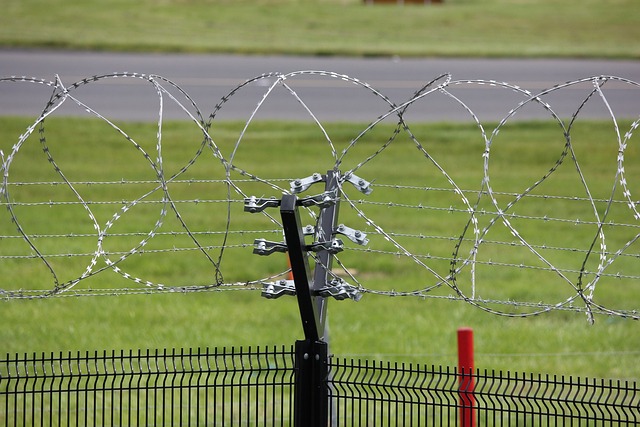Fences are rarely something that crosses people’s minds. In fact, most do not wonder about the difference between a security fence and the one around their garden. Well, that is until they have to pick a fence to secure their commercial or industrial property.
When it comes to the selection process, most people have no idea where to start or what aspects to consider. If you are among them, do not fret because, in this article, we are going to provide some expert tips on the most important elements to keep in mind when choosing a security fence. If you need further help with security fence installation, you can contact reputable security installers in your area.
The Fence Height
Apart from the ordinary demarcation fence, height is one of the primary aspects to consider when choosing a fence for security purposes. Typically, it should be at least 6ft tall, although most security fences are between 8 to 10 feet. For some high-security sites like prisons, the fence may need to be as high as 14ft or more.
The Fencing Structure
Most residential fences are lightweight in nature, as they are often for demarcation or privacy purposes rather than security or exclusion. More often than not, they are designed from vinyl or wood and even if they are made of metal, the mesh wire diameter and pipe wall thickness tends to be on the lower side. This makes them quite affordable but offers less functionality in regard to security.
When picking a security fence, it’s imperative to pay attention to wall thicknesses and diameters. If anything appears lightweight, inquire if it is intended for industrial or commercial use. Keep in mind that purchasing a lightweight security fence may result in higher repair and maintenance costs down the line, negating the initial cost savings.
Security Above & Below
When it comes to security fencing, most people prioritize the fence itself and overlook what’s above and below. If the fence can be climbed or accessed through a ladder, you may want to consider additional security measures. Examples include adding barbed wire, spikes, or razor coils (if permitted by the local government). Electronic monitoring is another viable option to consider.
The same applies to the bottom section of the fence. If the fence can be dug below or the mesh can be lifted, your security is immediately compromised. Consider adding a bottom rail to fences installed over hard surfaces, or explore under-fence security options that can hamper digging. Strengthening both the upper and under parts of your fence is vital to ascertain your security fence's efficacy.
Vehicular Impact
Limiting access to the area by vehicles is another often overlooked aspect when designing a security fence. Conventional chain links and such fences usually have posts spaced at up to 10-inch centres, with some not even featuring concrete footings. This makes it easy for a person with a moderately sized or large vehicle to break such a fence.
One great way to boost your security fence’s efficacy is by increasing the number of posts and reducing the spacing between them and increasing the size of the concrete footings. If the posts are made of top-tier steel, planted in heavy-duty concrete, and positioned closed enough to bar a car, it is way harder for a determined party to break in. You can also go for a crash-rated fence. This may not prevent damage, but it can hamper or slow down break-ins to the site.
The Takeaway
It is important to bear in mind that nothing is infallible, from fences to walls and even electronic security systems. However, implementing the above-mentioned tips will make your fence less vulnerable to unauthorized access and more functional.
